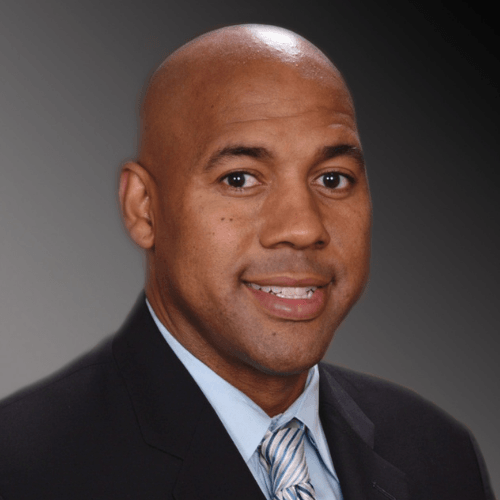PAR Division
Preparing the Next Generation of Police Officers
Professional Law Enforcement Training launched their PAR Division to help police departments across the United States meet the challenging demands for police reform. PAR consists of the following areas:
- Officer Wellness
- Responses to Resistance
- Bias-free Policing
- Constitutional Policing
- Improving Police & Community Relations
- Recruitment & Retention Best Practices
- Trauma-informed Policing
150,000+
Officers Trained
50
States
67
Instructors
15
Years in Business
EXECUTIVE LEADERSHIP TEAM
Byron Boston, Owner
Dallas Police Department (Retired)
Mr. Taylor has served as the Chair of the company since 2007 and is a lead director of several international groups and organizations.
Ed Prokop, Commander
Los Angeles Police Department (Retired)
Mrs. Whitman is an honorary member of several corporate boards. She plays a crucial role in every company decision.
Kevin Barker, PhD
Las Vegas Metropolitan Police Department
Mr. Johnson is a professor of economic sciences and spent several years as a member of local and municipal governments.



